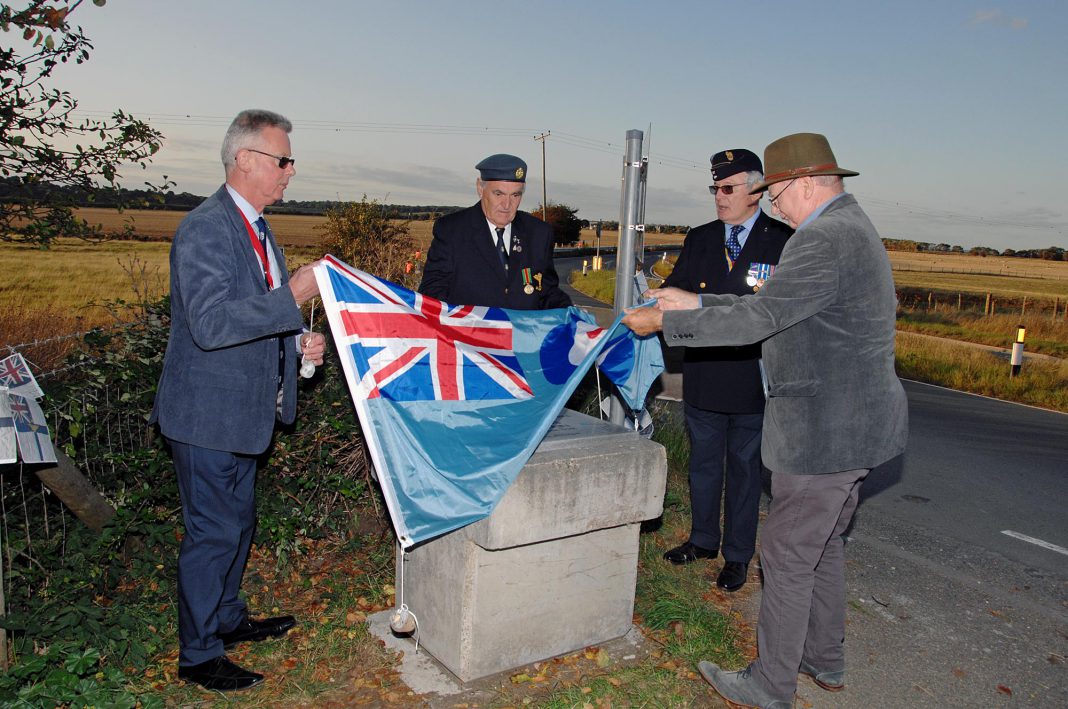Rye and District Royal British Legion (RBL) on September 4, coordinated the final installation and unveiling of a stone memorial with a plaque provided by the Airfields of Britain Conservation Trust at the side of a lay-by on the Camber Road. This commemorates a “landing ground” used from 1916 to 1919 by the Royal Flying Corps (RFC) and Royal Naval Air Service (RNAS) for the forward deployment of home defence aircraft to counter the German Zeppelin airship threat.
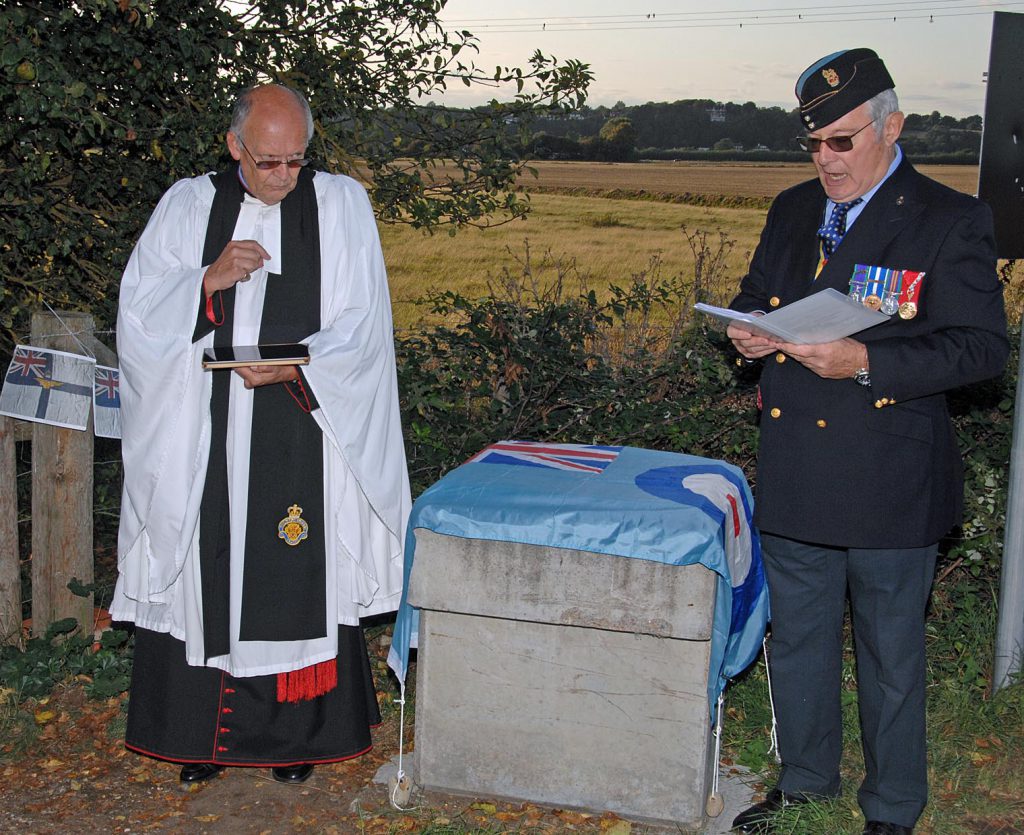
At the site, Colonel Anthony Kimber as President of Rye RBL explained the background. Canon David Frost from St Mary’s Rye and RBL Chaplain gave a short dedication. Donors, including Rye Town Council, the Kimbers, David and Sandie Pawseys and the Rye Conservation Society unveiled the stone. Neale East as Chairman, RBL, laid a wreath and Elizabeth Kimber said an RAF prayer. Rye resident Andy Stuart spoke about his relative, Captain Peter Stuart, who was killed flying in the RFC. Guests included the Leader of East Sussex County Council, Cllr Keith Glazier and the Mayor of Rye, Cllr Michael Boyd.
This event was triggered by a contact in late 2017 with the Airfields of Britain Commemorative Trust, which had identified in MOD records a former airfield on the Eastern side of Rye (in East Guldeford Parish), known to some in Rye but never formally recorded.

This site dated from the time when the RFC and RNAS officially took over the role of Home Defence in December 1915. At that time there were only 10 permanent airfields across the Country. By December 1916 the force had grown to 11 RFC home defence squadrons using several hundred permanent and emergency airfields. Although records are scant, Rye would have been established to enable aircraft of 50 and 112 Home Defence Squadrons for night landing and refuelling to increase operating range. At the site, there would have been some wooden buildings, a large central ground marker and at night flares lit to aid landing.
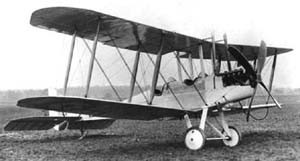
What triggered the acquisition of such landing grounds by the then War Ministry was the need to create a defence capability against raiding German Zeppelin airships and later heavy bombers, which appeared over England in late 1914. Britain’s fledgling air forces, combining the Royal Flying Corps and Naval Air Service had limited aircraft, as most of the capability had been deployed to the Western Front. German attacks on England gradually increased through 1915, culminating in highly damaging assaults on London in September and October. Later there were extensive flights over the East of England resulting in indiscriminate death and destruction. During research for the memorial it was established that the landing ground at Rye came under direct attack in spring 1917.
On the night of March 16 and 17, five German Navy Zeppelins set course for London. One, L42 developed engine problems and had to return to Germany. Three more, L39, L35 and L40 flew towards London over Kent, but L41 was blown to the coast of Sussex. An extract from a report drawn from the National Archives is below.
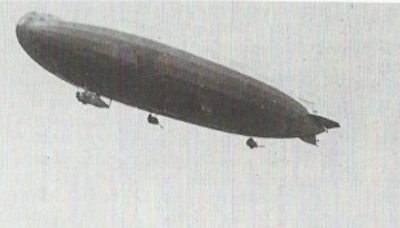
“L41, commanded by Hauptmann Kuno Manger, crossing into Sussex at Cliff End, Pett near Winchelsea at 0120am. He immediately dropped eight high explosive (HE – two fell into the sea) and two incendiary bombs. The concussion of the HE damaged two unoccupied bungalows and smashed doors and windows at two farms.
“Manger turned north-east towards Rye. Just to the east of the town an emergency airfield had its flares burning, which possibly drew L41 in that direction. At Rye, Manger turned south-east, following the River Rother back to the sea. As he did so, at 0140am, he dropped seven HE and six incendiaries over an area known as Camber Marshes.
“One HE bomb landed 400 yards from the airfield while two others and an incendiary landed on the right bank of the River between Rye and the Chemical Works. Two bungalows suffered slight damage and broken windows. L41 went out to sea at Dungeness at 0205 am and crossed the French coast at Boulogne. She eventually reached Ahlhorn (near Bremen, Germany) after a mission lasting almost 27 hours.” The combined efforts of all five Zeppelins during this raid was minimal and estimated at the time to have cost £163.
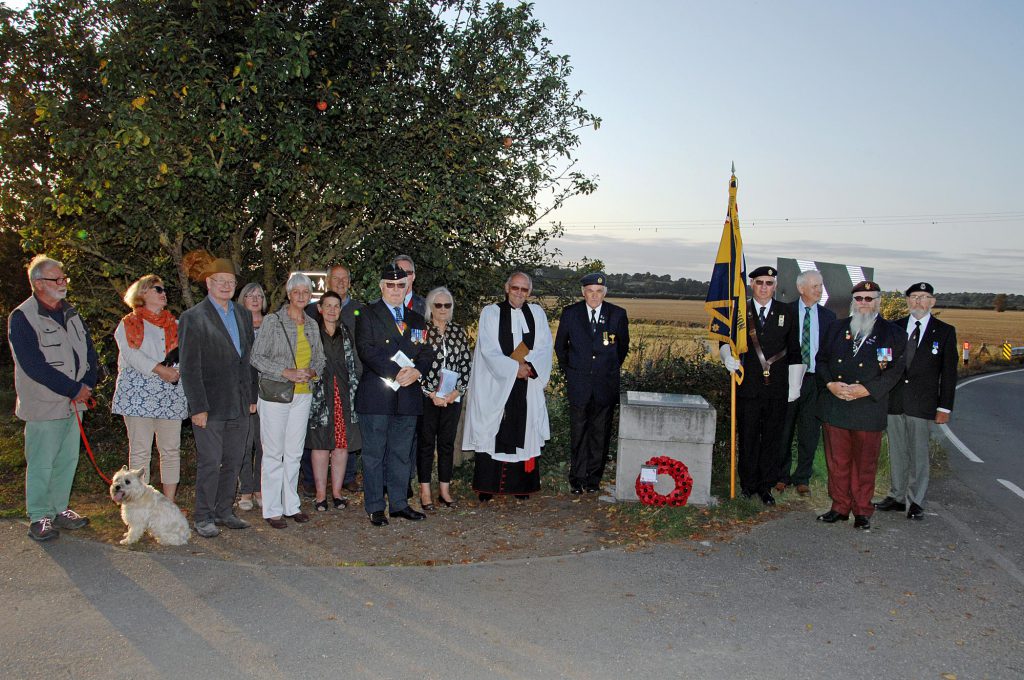
This German air campaign against the United Kingdom was the first sustained strategic aerial bombing campaign in history. Yet it has become the forgotten Blitz. Those present felt that the commemoration of the RAF ground was an important memorial to this little known phase of the first world war and in particular the bravery of those early service aviators, who risked life and limb with every mission.
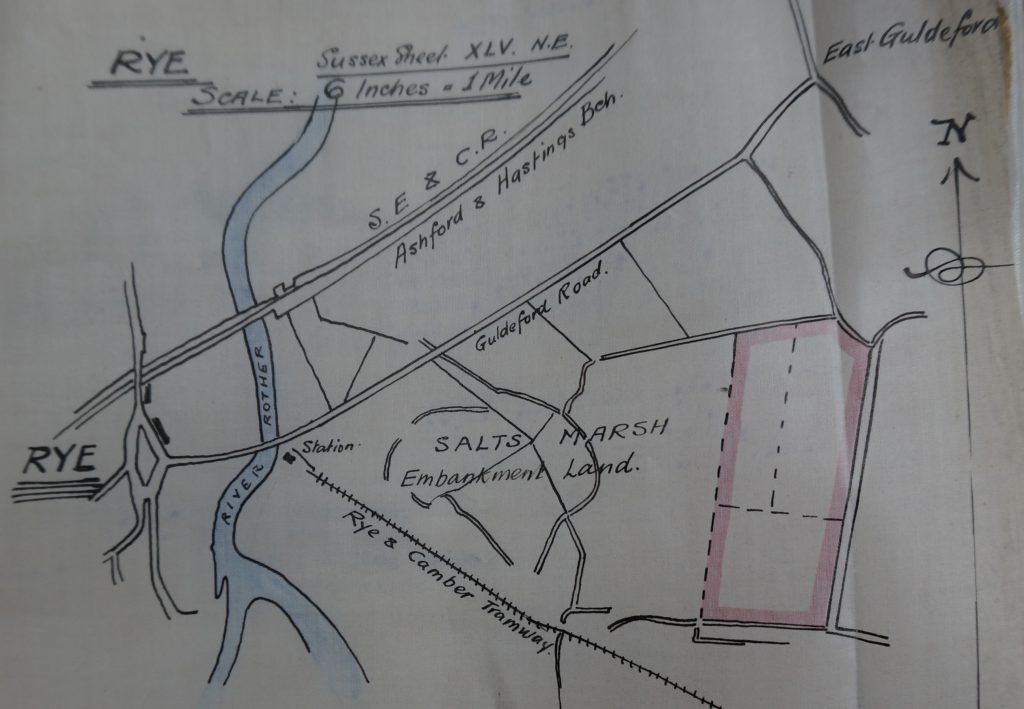
Image Credits: Chris Lawson , Anthony Kimber .



